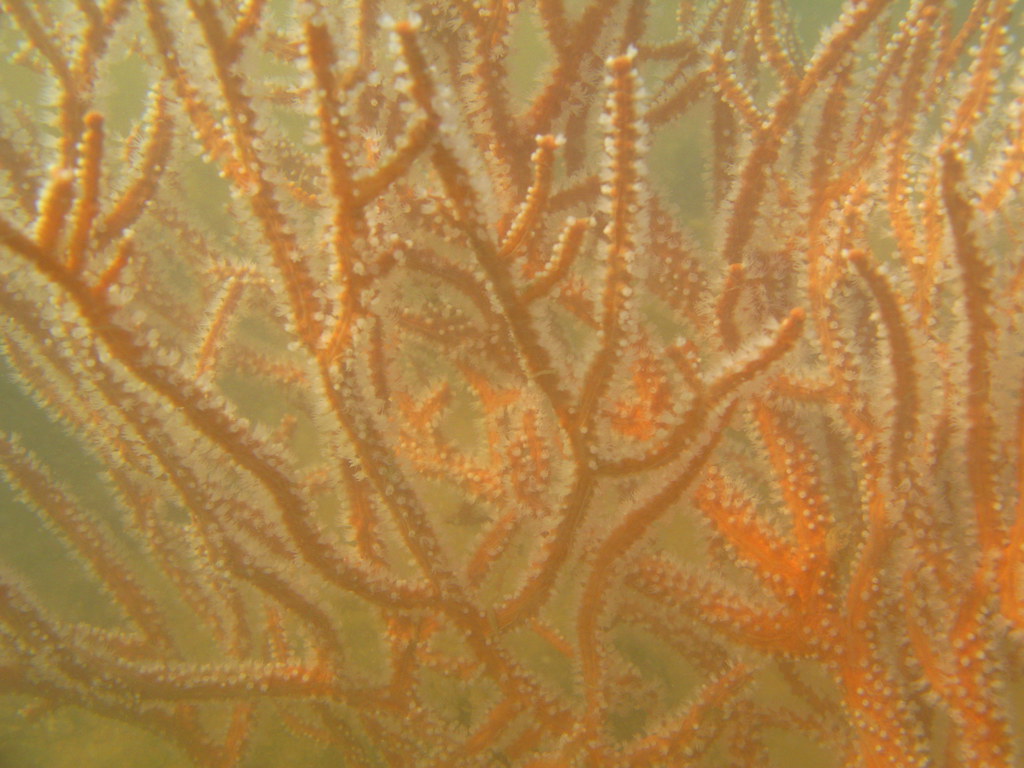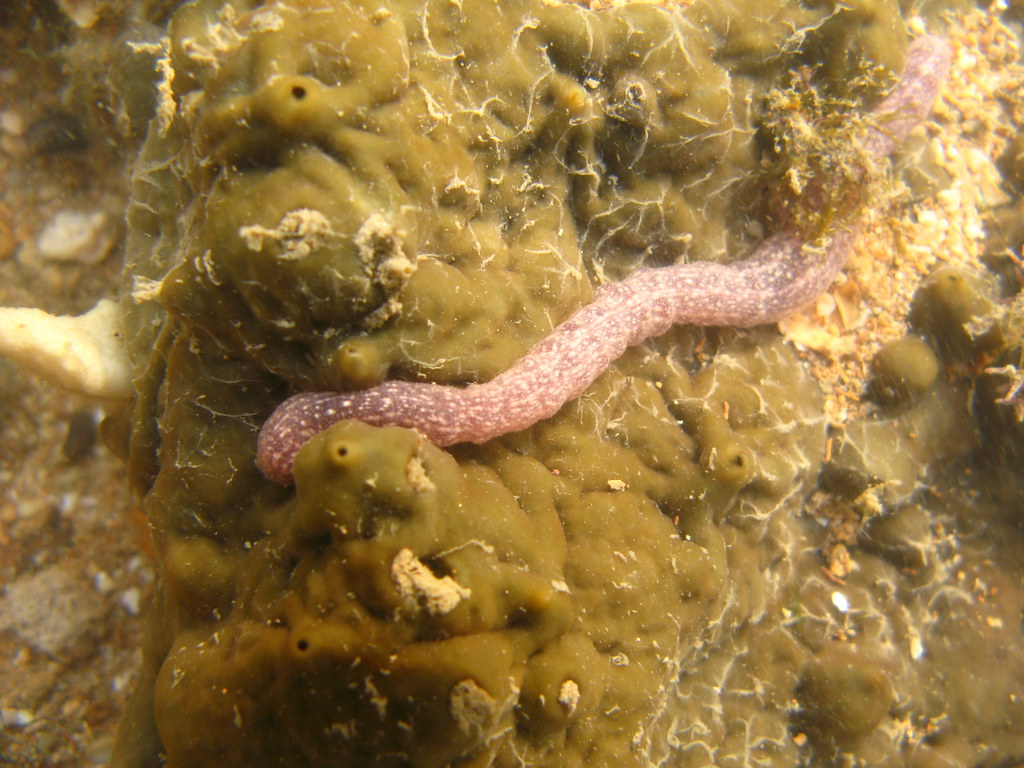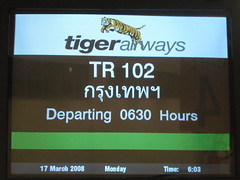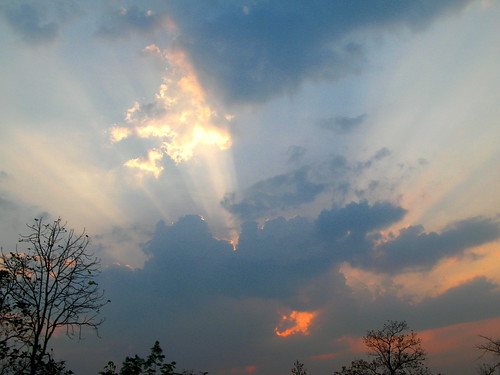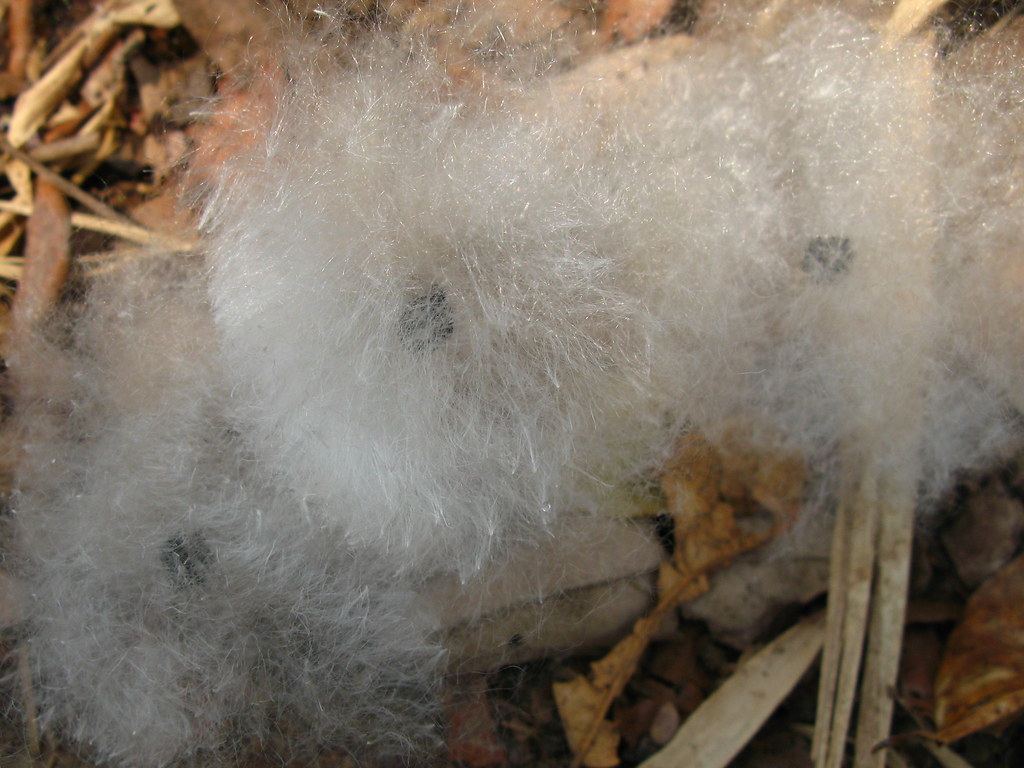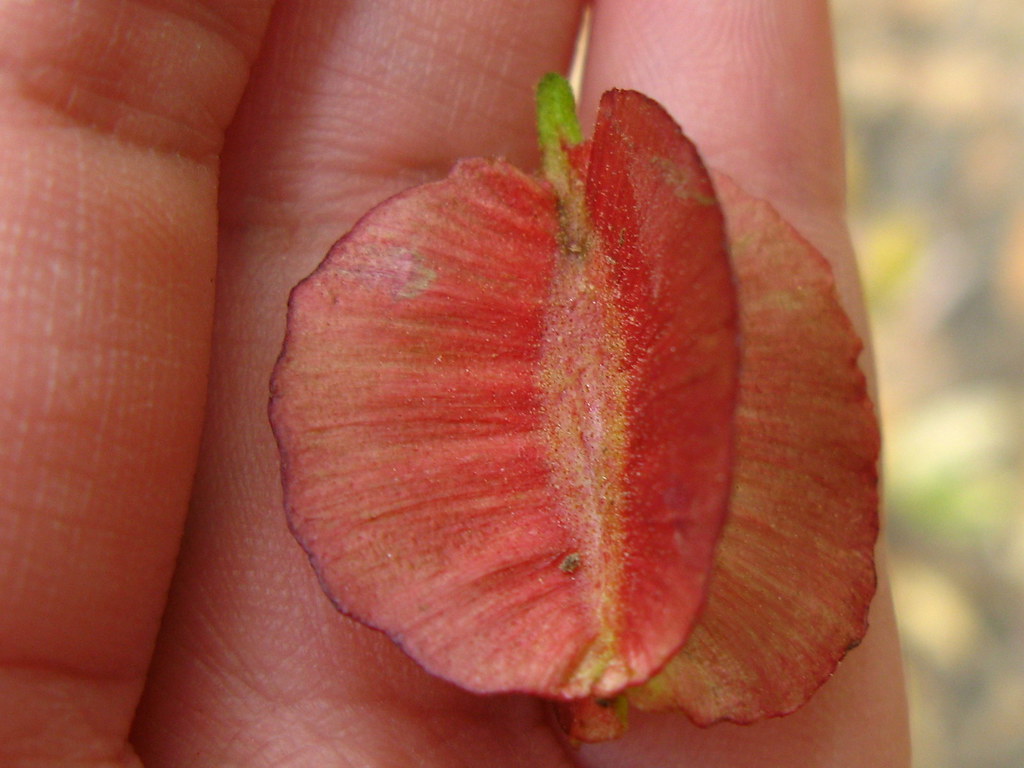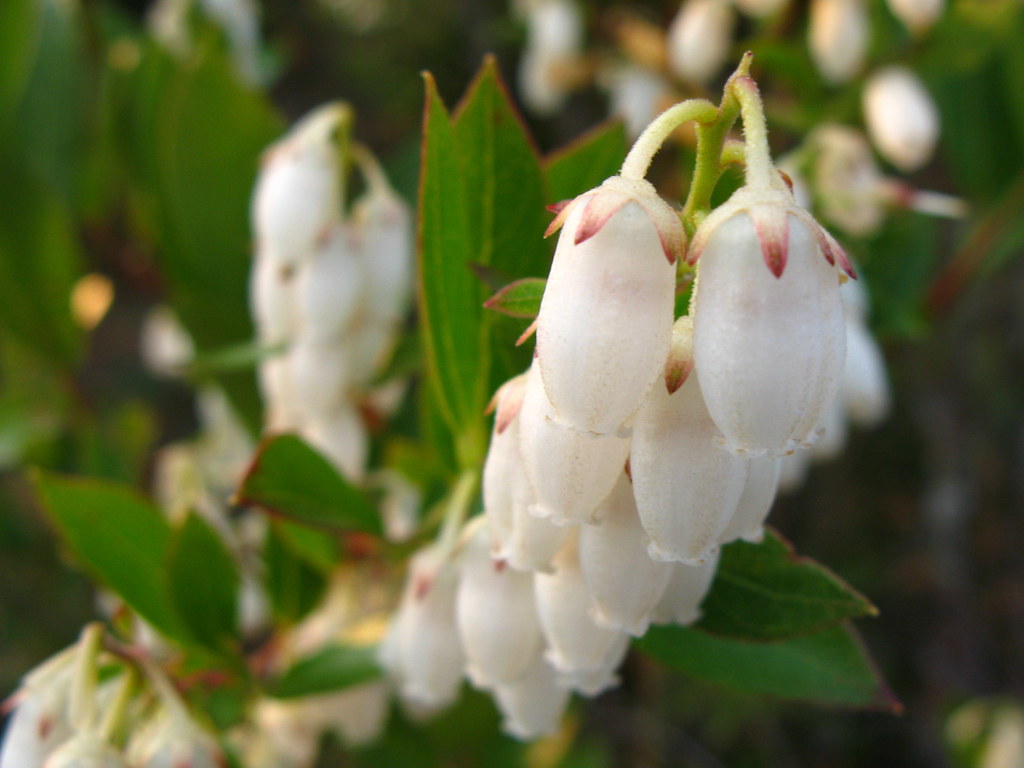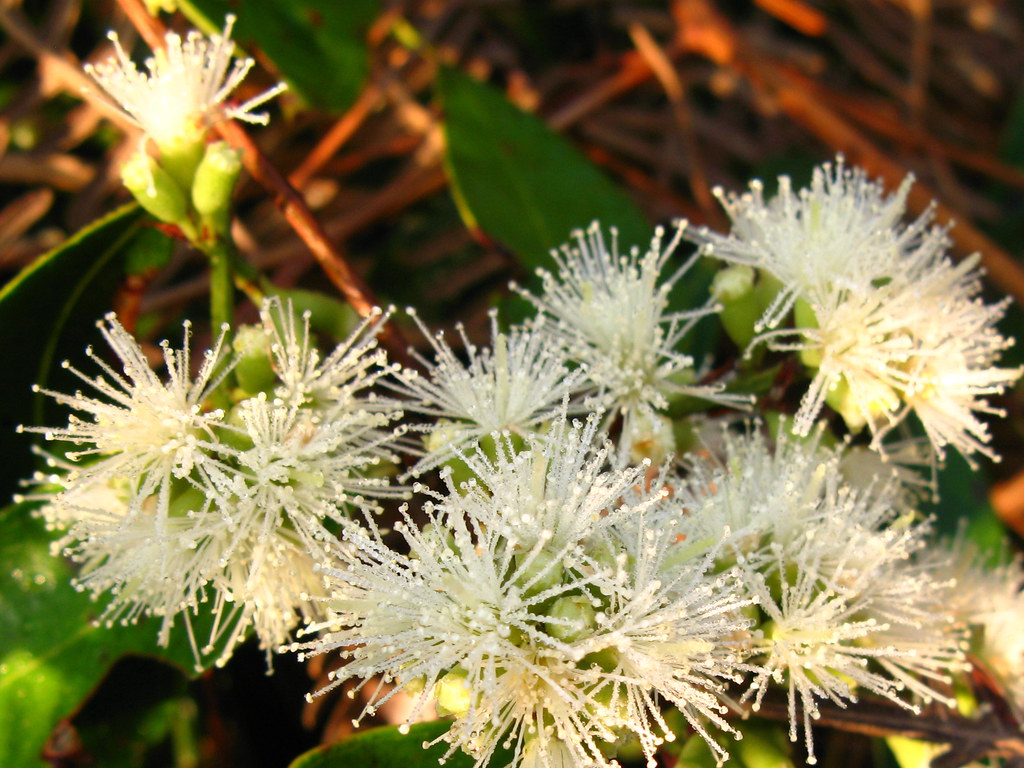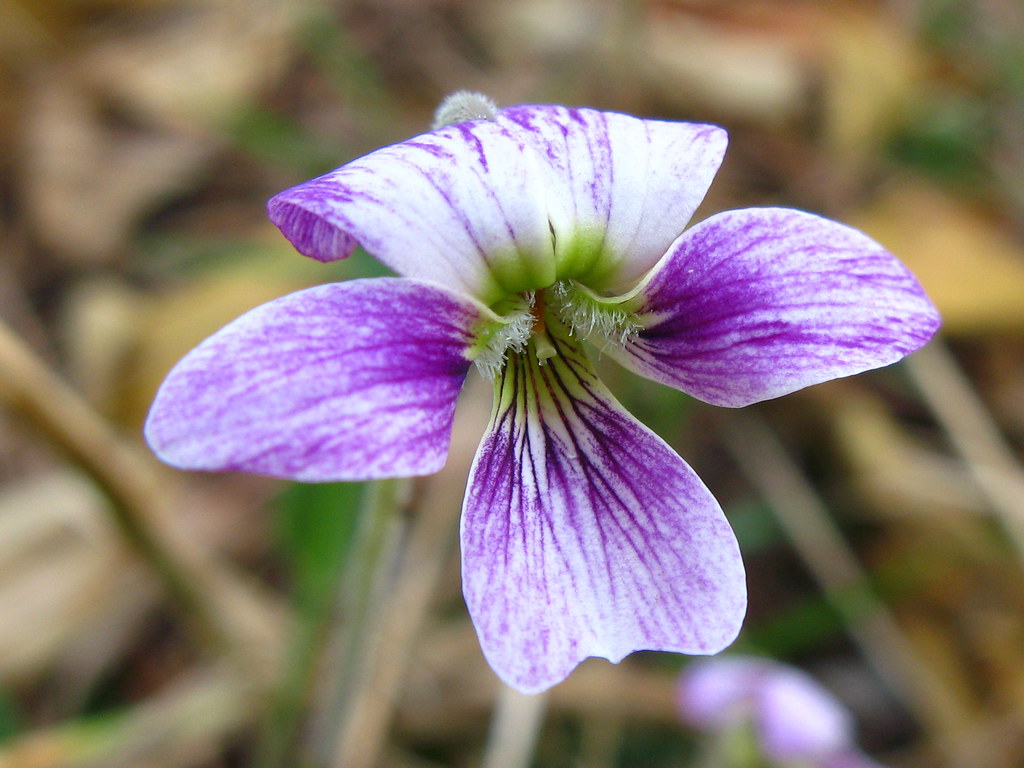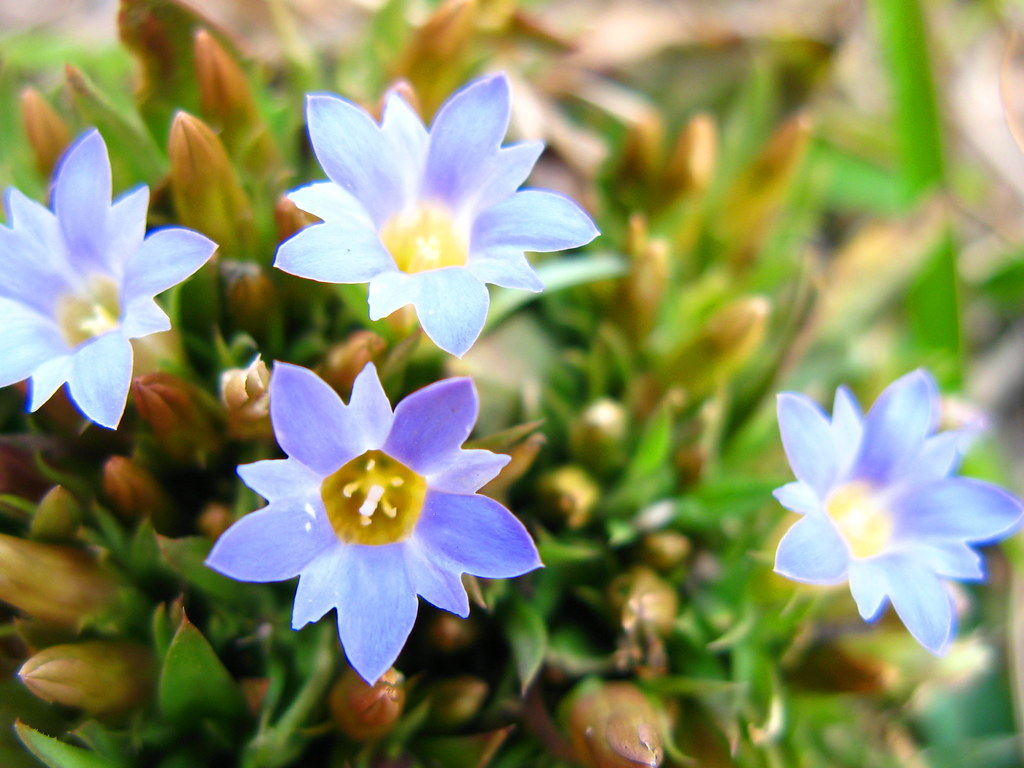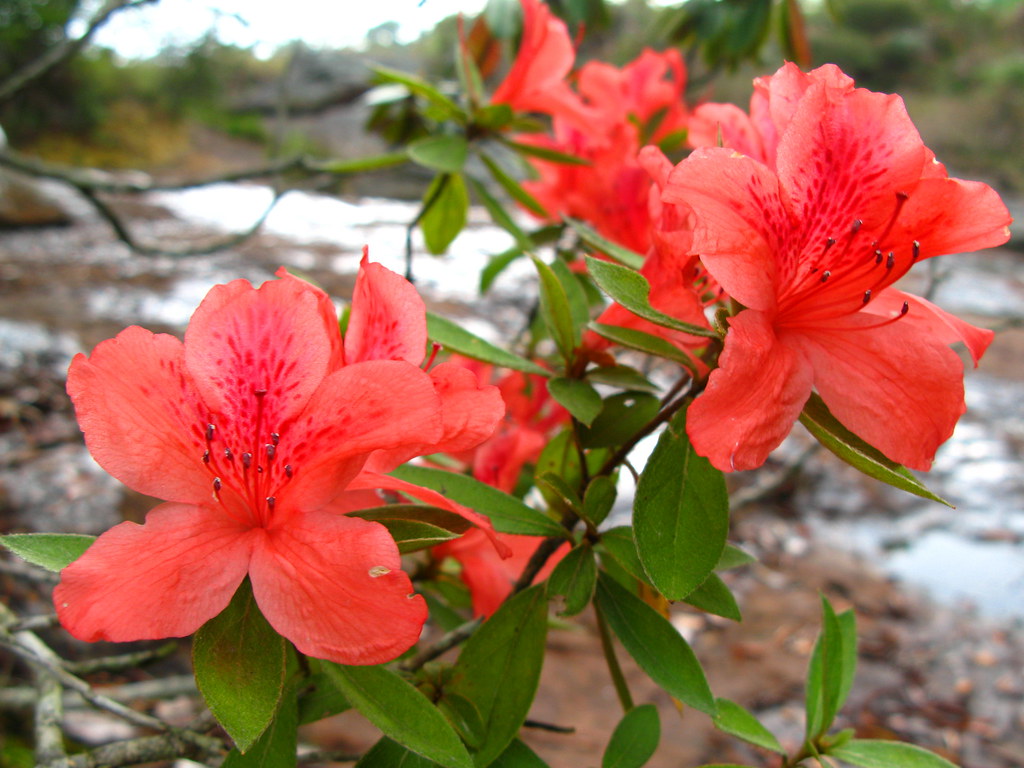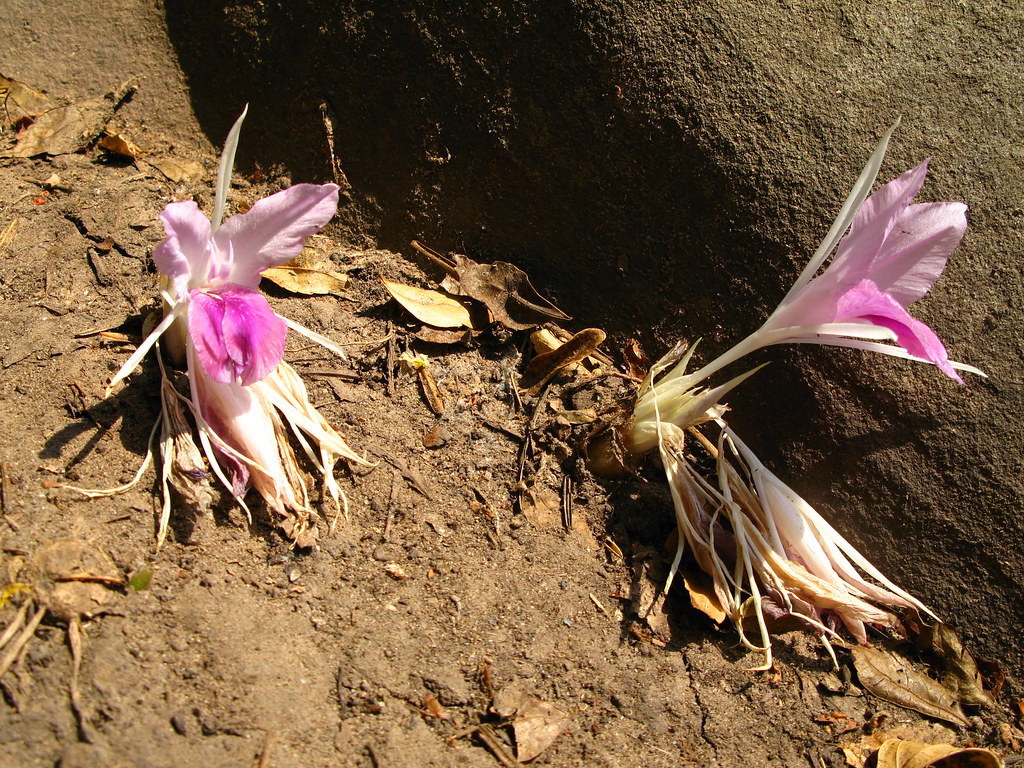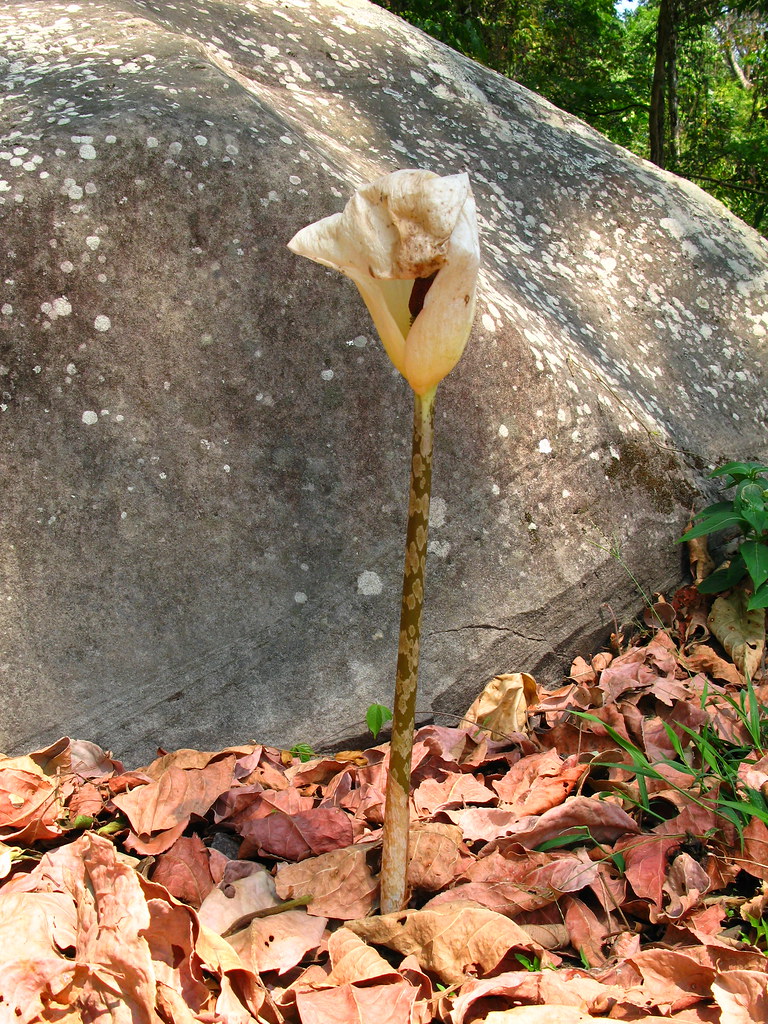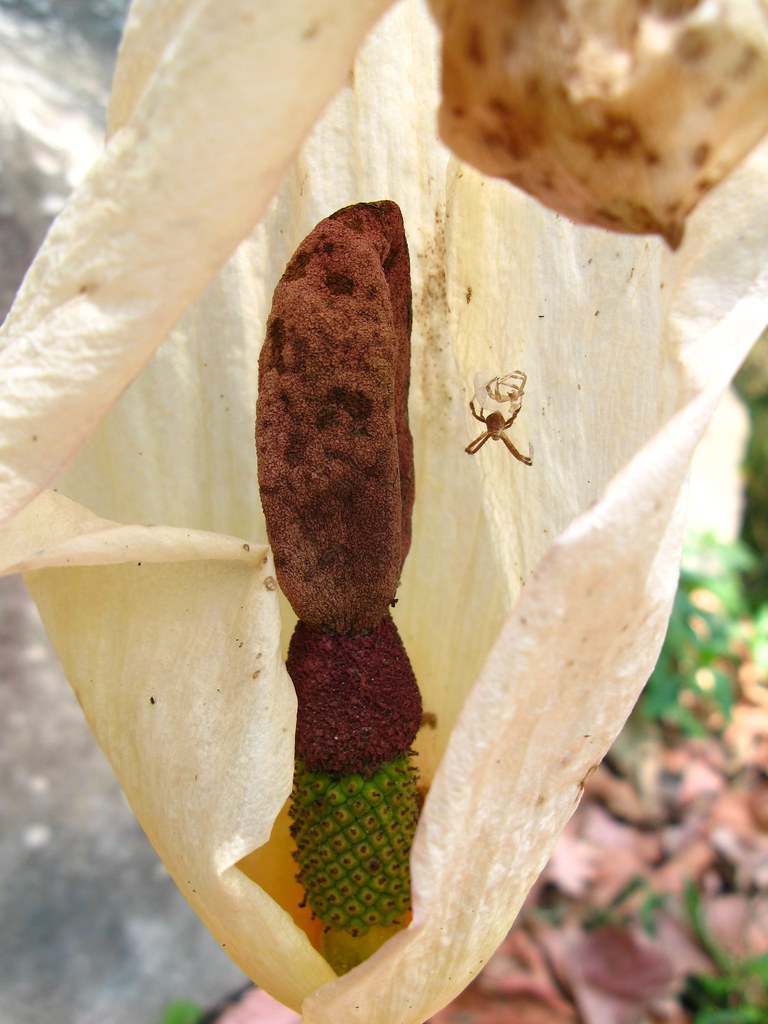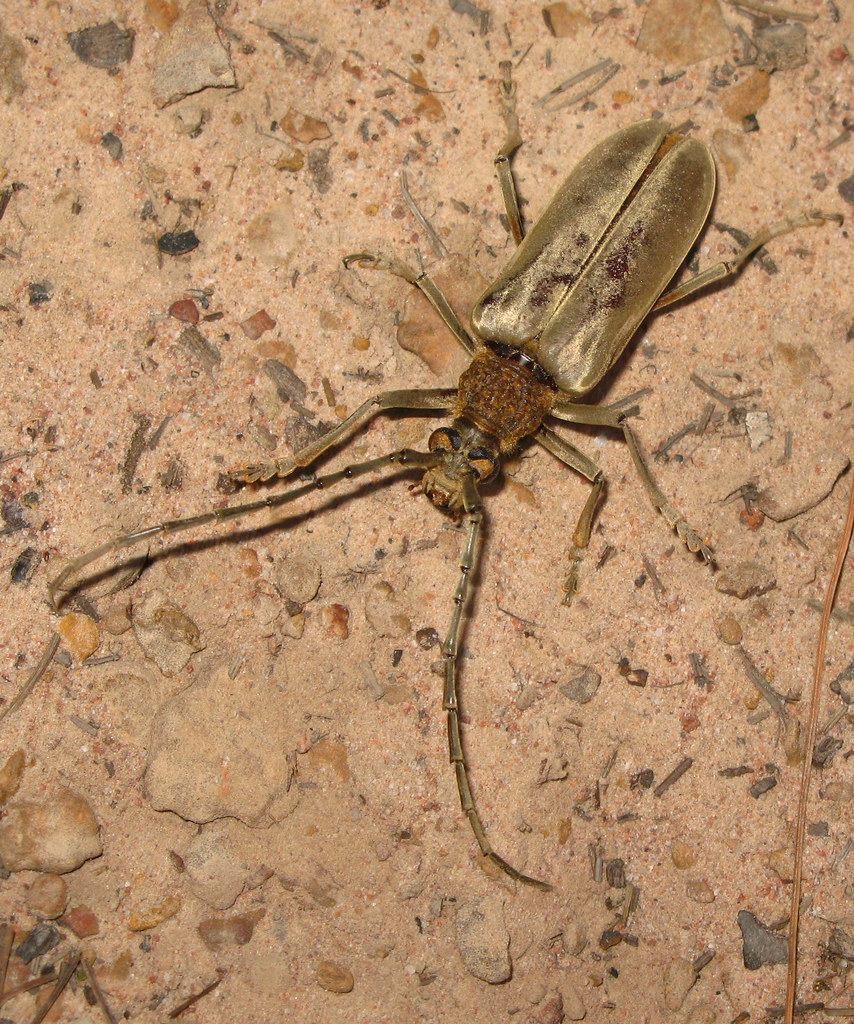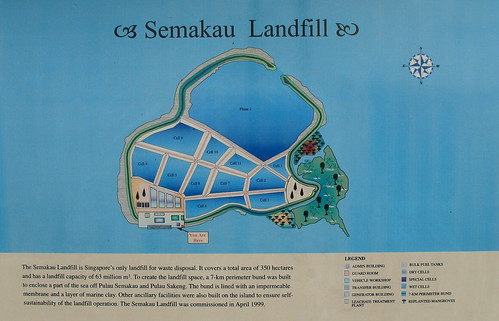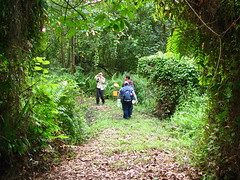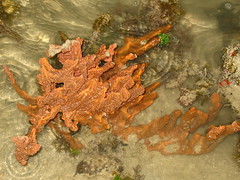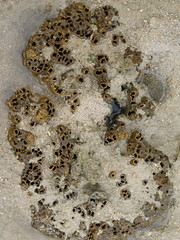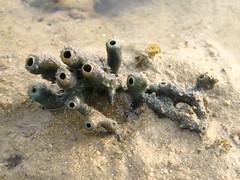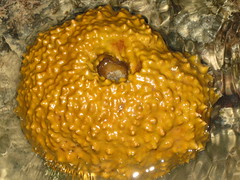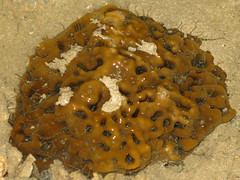On the 9th of Feb 2008, I went on an Exploratory walk to Semakau Landfill with the RMBR guides and trainees. Semakau landfill is Singapore only landfill for our waste disposal. Waste that we throw are collected and incinerated into ash. After this process the ash plus construction debris are collected and dumped at Semakau Landfill.
Semakau Landfill is situated among the Southern Islands of Singapore. Today we took a 30minutes boat from Marina South Pier. Along the way, we pass by Sentosa and saw a few of the Southern Islands such as Lazarus Island, Sisters Islands, Pulau Bukom and Pulau Jong. Once we reached our destination, the first thing that we could see was the signboard above that showed the map of Semakau Landfill. This place was made up by joining 2 islands, Pulau Sakeng and Pulau Semakau with a 7Km perimeter rock bund. The completed landfill covers an area of 350ha, with a capacity of 63 million m3 and is targeted to meet Singapore's need till 2040.
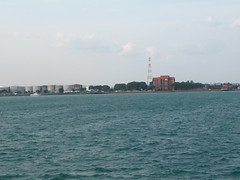
After a brief introduction to Semakau Landfill, everyone started to get prepared for the intertidal walk. To reach the intertidal area, we need to walk through a patch of the forest. This forest is famous for its mosquitoe. I was covered from head to toe to fingers except for my face, yet my face was terribly bitten by the mosquitoes. Once we exit from the forest we were greeted by the wonderful intertidal area.
One of the first few things that greeted us were the sponges. There were alot of them and they comes in different forms and colours. Do you know that sponges are animal? They are filter-feeding animals. Thus they are mentioned as Nature's vacuum cleaners. If you look carefully at sponges, you will find lots of holes in it. Normally the holes come in 2 distinct sizes, big and small. The small holes are where food-laden waters are sucked in and the big holes are the exit. Once the water reaches the chamber or holes in the sponges, the plankton and organic materials in the water will be filtered and eaten by the cells of the sponge. Sometimes you will see other creatures living in the sponge such as the picture (Last sponge picture on the right) shown below. This is because they are benefiting from the access to plankton-rich currents passing in the sponge.
Next we saw the eggs of the spiral melongena (Pugilina cochlidium). Just as I was wondering where is the mother, I saw it just a few steps away. The spiral melongena is often covered with tiny hairs that trap camouflaging sediment. Thus it is often well camouflaged. Once died, the hairs will drop off to reveal an orange shell. Do you know that the favourite food of the spiral melongena is barnacles.

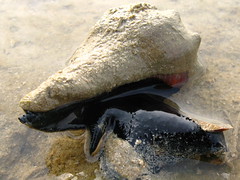
Soon we reached the seagrass lagoon. Semakau has the biggest seagrass lagoon in Singapore. Seagrasses are the only group of flowering plants that can live underwater. They are often found growing in sandy or muddy substrates. Currently 11 of of about 60 species of seagrasses are found in Singapore. Seagrasses are important as they provide food and shelter to many marine organisims. They also helped to stabilise coastal sediments and is a nursery ground for many marine creatures. Picture on the top right showed a Tape seagrass fruit, bottom left is the Tape seagrass which dominant the seagrass lagoon in Semakau and bottom right showed the Spoon Seagrass.
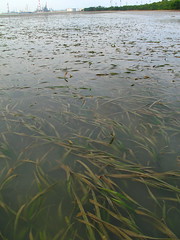

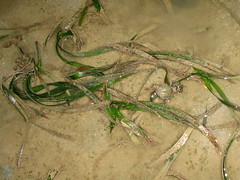
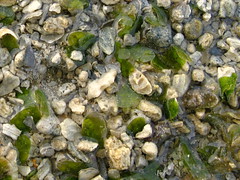
Quite often when you see seagrass you will also find some algae. Algae do not have the same structure as seagrass. They do not have true roots or veins to absorp water. They absorp nutrients directly from the cells. Algae also do not have fruits and flowers like seagrasses. Thus do not mistake an algae with a seagrass. Algae can be divided into 4 divisions based on colours, which are red, brown, green and blue-green. Showned below from top left to right: Sargassum sp., Funnelweed or Mermaid Fan (Padina sp.), Fan seaweed (Avrainvillea sp.) and Coin seaweed (Halimeda sp.)

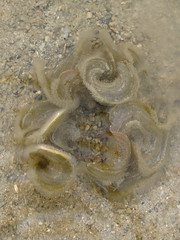
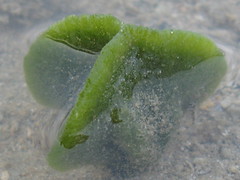
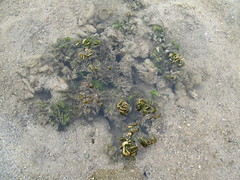
There are many crabs on our shore. One that you can find quite often is the hermit crab. Hermit crab (under the group anomurans) differs from true crab because they have a long and soft abdomen, which is the tail section. True crab (under the group brachyurans) on the other hand lack of this obvious tail section. As this tail section is soft and thus vulnerable, the hermit crab has to find a way to protect it. They have cleverly made use of empty shells left behind by dead snails. They tucked the tail into the shells and get the protection from it. Once the hermit has grown bigger, it will look for new ones. Sometimes you might see 2 of them fighting for one shell. Thus do not bring any empty shell home or away from the shore, they are very important to the hermit crab. Do not let them run around nake on the beach.
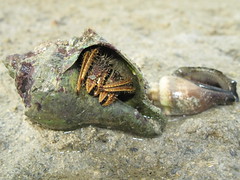
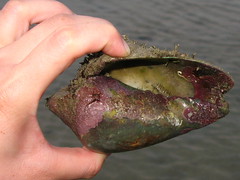
Other crab that you might find include the Hairy Crab or Teddy Bear Crab (Pilumnus vespertilio) (Top left). As the name suggest, this fellow is quite "hairy". It has a coat of silky hair all over its body and even its limbs. This is a good way of camouflage for protection. Another good way to protect yourself is to carry poison with you. This can be seen in the Red Egg Crab (Atergatis integerrimus) (Bottom left). Why do I say "seen". This is because animals that are poisonous would display it out by being beautifully coloured as seen in the red egg crab, having a nice red coloured carapace. Today I also saw an unknown crab (Bottom right). It is also one that is good at camougflage because the colour blends in very well with the surrounding.
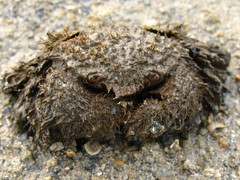
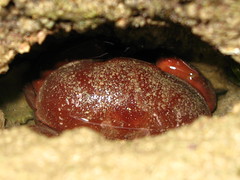
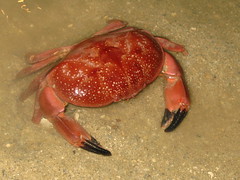
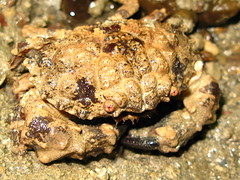
Another crab that was I was today, for the first time, is the Horned Ghost Crab (Ocypode ceratophthalmus). Ghost crab normally can be seen during night time. It is normally found at the higher part of the shore (supralittoral zone), which is normally not submerged in sea water. During day time, if you see lots of holes at the shore, it could be home of the crab. This is because they like to retreat themselves in the hole to escape from the hot sun.
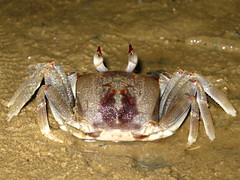

One commanly seen creature at Semakau is the Common Seastar (Archaster typicus). Today we lots of them after we crossed the seagrass lagoon. Sometimes you will see 2 of them on top of each other. This is because they are getting ready to mate. As fertilisation is external, they have to get as close as possible to each other so that the eggs and sperm can have a higher chances of fertilisation. Thus this is what you get to see. The one on the top, which is smaller, is the male while the bottom is the female.
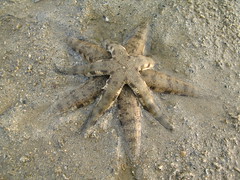
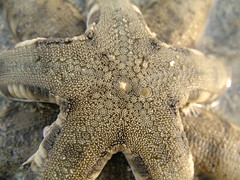
Common seastars are often buried under the sand. If you want to find them, look out for the star shape on the surface. There may be times you might not notice that they are under the sand thus becareful where you step when you are at the shore.
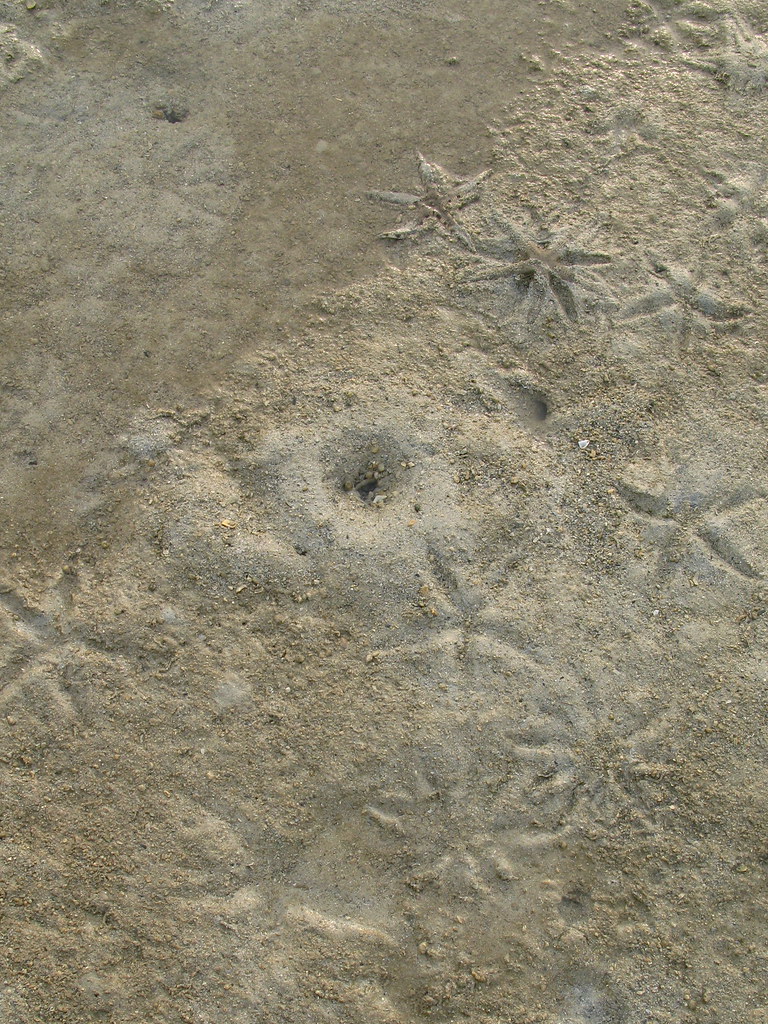
Not too far away from the common seastar is a Noble Volute (Volute nobilis) lying eggs (Bottom right)! Noble volute used to be common but due to lost of habitat, over collection for their beautiful shell and human consumption, they have now become rather rare. To see one lying eggs is thus a wonderful sight. Isn't the creature being alive much more beautiful than it's empty shell? So please do not buy shell as ornaments. To be able to see a live one is much more meaningful and the sight is much more magnificent. Moreover the empty shell is more important to the hermit crab as a home to them rather than an empty shell to human being as a display.
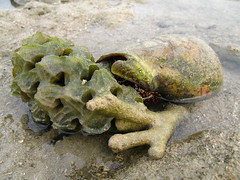
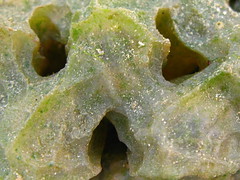 It is said that the most intelligent invertebrates you can find in the sea is the Octopus. I agreed with it after I had seen a documentary on Octopus. They are really good "actor". The documentary showed how the octopus can change their body into many different kind of shape to disguise themselves as other animals in order to "cheat" their predators. It also showed how they can change their colours through the control of chromatophores to blend themselves with the surrounding. Today I witness this "stunt" when I saw a few octopus at Semakau. They really changed their colours at the speed of lightning and blend very well with the surrounding. One of the wonderful way to protect yourself, learn to camouflage and blend with the surrounding.
It is said that the most intelligent invertebrates you can find in the sea is the Octopus. I agreed with it after I had seen a documentary on Octopus. They are really good "actor". The documentary showed how the octopus can change their body into many different kind of shape to disguise themselves as other animals in order to "cheat" their predators. It also showed how they can change their colours through the control of chromatophores to blend themselves with the surrounding. Today I witness this "stunt" when I saw a few octopus at Semakau. They really changed their colours at the speed of lightning and blend very well with the surrounding. One of the wonderful way to protect yourself, learn to camouflage and blend with the surrounding.
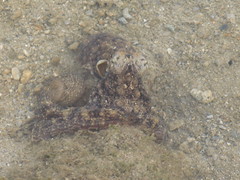
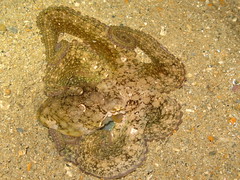
If you do not know how to camouflage yourself to escape from your enemies, you must have other methods to protect yourself. One good way is having some poison to kill your enemies should they try to get close to you and eat you up. Another good reason is you can also use the poison to kill other creatures for food. There is a group of animals you can find in the sea that possess this ability. They are the animals from the Phylum Cnidaria. All of them possess stinging cells that can kill a prey. Sea anemones as shown below is one of the animals that is under the Phylum Cnidaria. They have stinging cells in their long tentacles. Should any prey bumps into them, they will get stung. Once the prey becomes paralysed, they will be eaten up by the sea anemones.
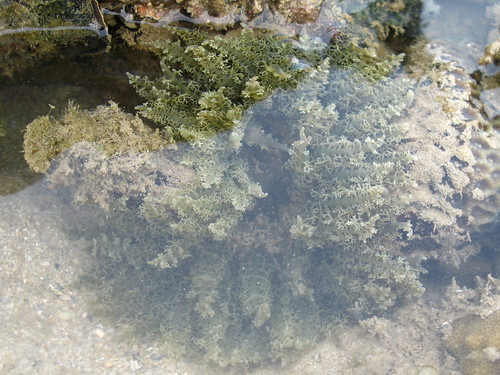
Another fellow that contain poisons in it is the Chromodoris lineola (bottom left). It is a sea slug that belong to a group of molluscs known as nudibranchs. Nudibranchs means nake gills, this can be seen from the picture below. It is the puffy flowery looking thing located at the top end of the nudibranch. The poison in nudibranch is obtained from the food that it eats, sponges. The stinging cells in the sponge is stored in the nudibranch after it is consumed by its predator.
The picture on the bottom right is not a nudibranch but a flatworm. To differentiate between them, look out for the puffy flowery looking gill. Flatworm is also much flatter, usually less than 1mm thick. Howevery flatworm is similar to nudibranch. It also possess poison in them like the nudibranch.
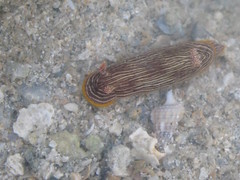
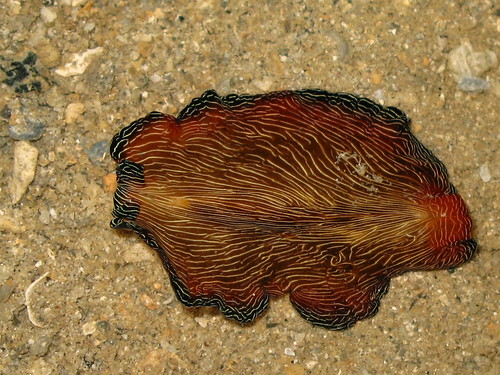
Have you ever wonder sea cucumber is a plant or an animal? It is an animal. Sea cucumbers are echinoderms. Animals that are under the Phylum Echinodermata are symmetrical along the five axes and they have tube feet and spines. Other creatures under this Phylum are sea stars, brittle stars, sea urchins and sand dollars. Shown below are Sandfish Sea Cucumber (Holothuria scabra)(top left), Thorny Sea Cucumber (Stichopus sp.)(top right) and Ocellated Sea Cucumber (Stichopus ocellatus)(2nd left).
This trip is really terrific. Not only did we see a noble volute laying eggs, we also saw a puffer fish (2nd right). Puffer Fish flesh is a delicacy for the Japanese. However you need to be extremely careful when handling the fish. The liver and gonads contain highly toxic toxin that can kill a man. Thus a chef must be extremely careful when he is cleaning the fish. Else the patron will be having his last meal and dies.

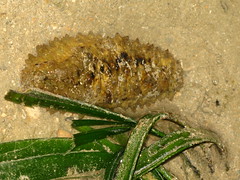
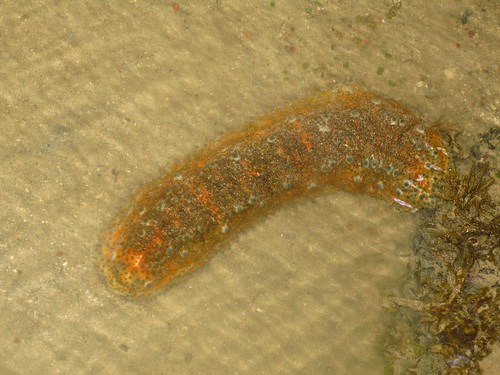
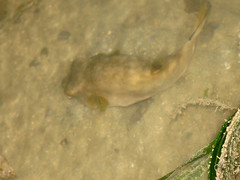
As we were about to end our trip, a Spider Conch (Lambis lambis) (bottom left) and an unknown fish (bottom right) were found along the way. I find that the Spider Conch is one of the cutest creatures that I have seen at Semakau. However it is also facing the same fate as the noble volute. Due to lost of habitat and over collection of its shell and human consumption, it is now rather rare in Singapore.

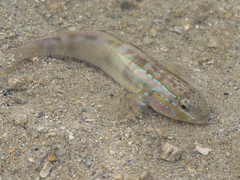
Some of the corals that you can find in Semakau are the Staghorn Coral (Acropora sp.)(top left and right), Mushroom Coral (2nd left and right, and 3rd left) and the Soft Coral (3rd right).
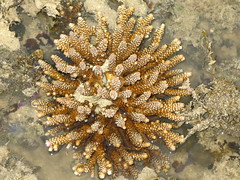
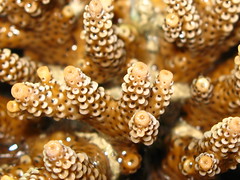
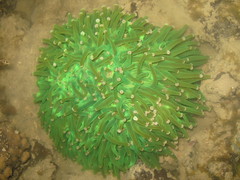
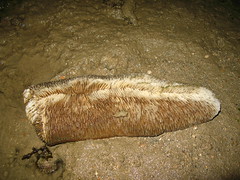
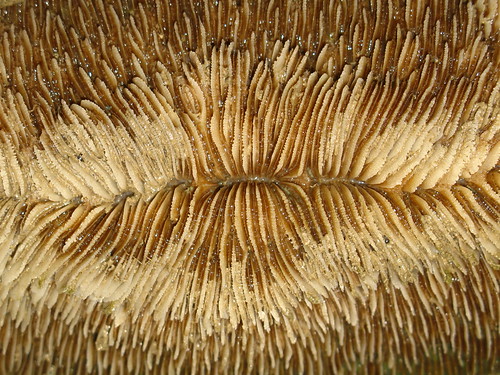

References:
Ria Tan and Alan Yeo. 2003. Chek Jawa Guidebook. 219pp.
Dr Gerald R Allen & Roger Steene. 2003. Indo-Pacific Coral Reef Field Guide. 378pp.
Peter K.L. Ng, Shirley S.L.Lim, Wang Luan-Keng & Leo W.H. Tan. 2007. Private Lives An Expose Of Singapore's Shores. 212pp.
Seagrasswatch website: http://www.seagrasswatch.org/Singapore.html
